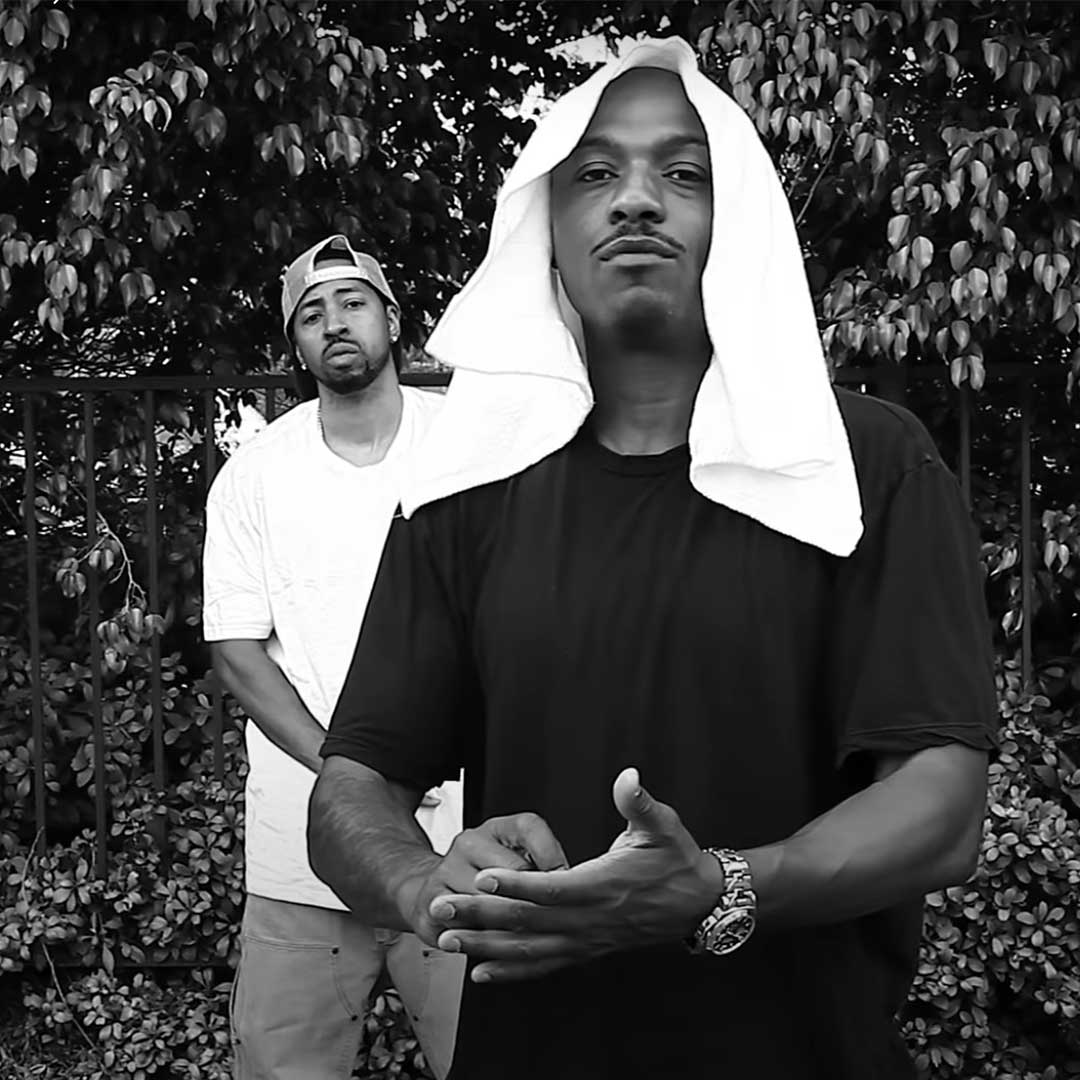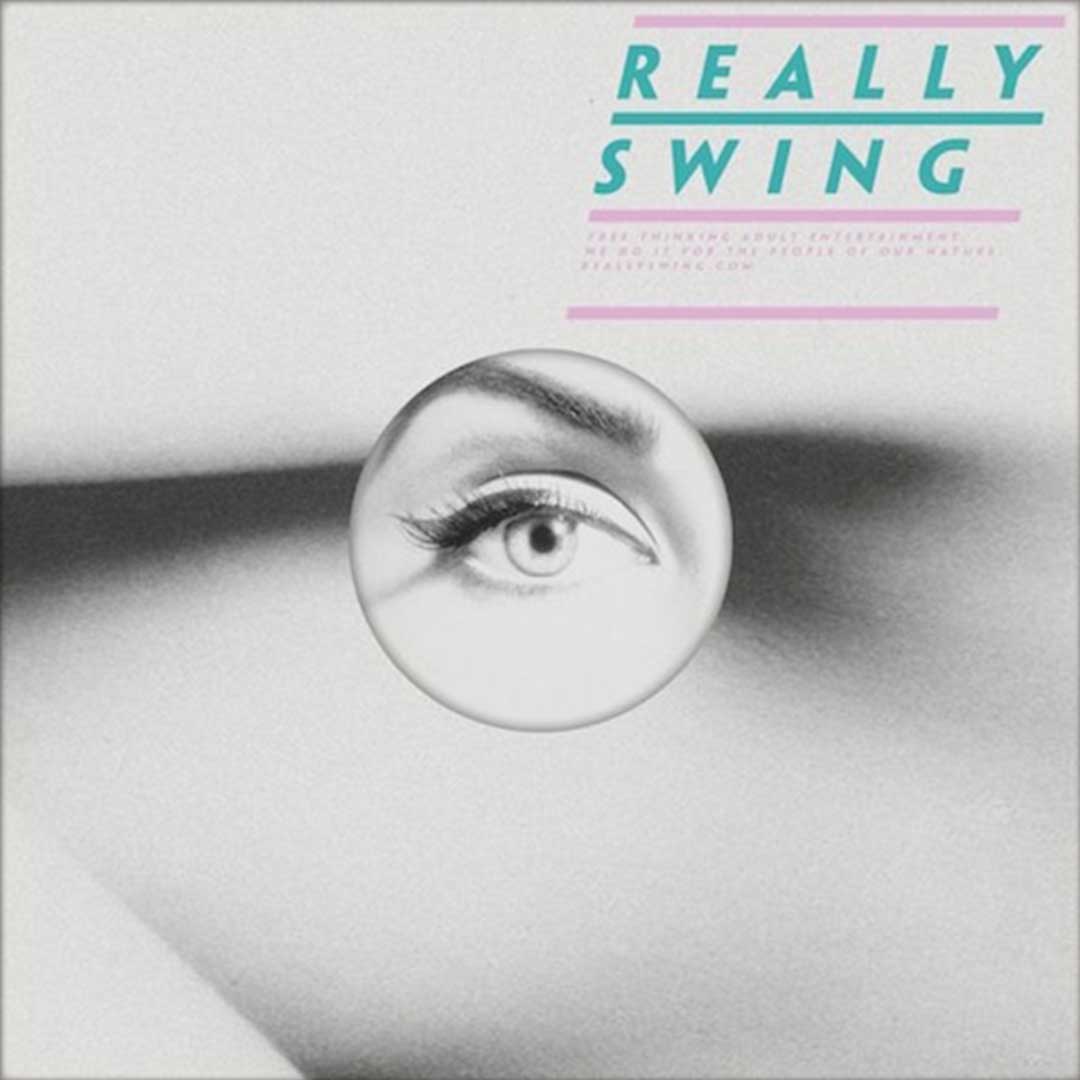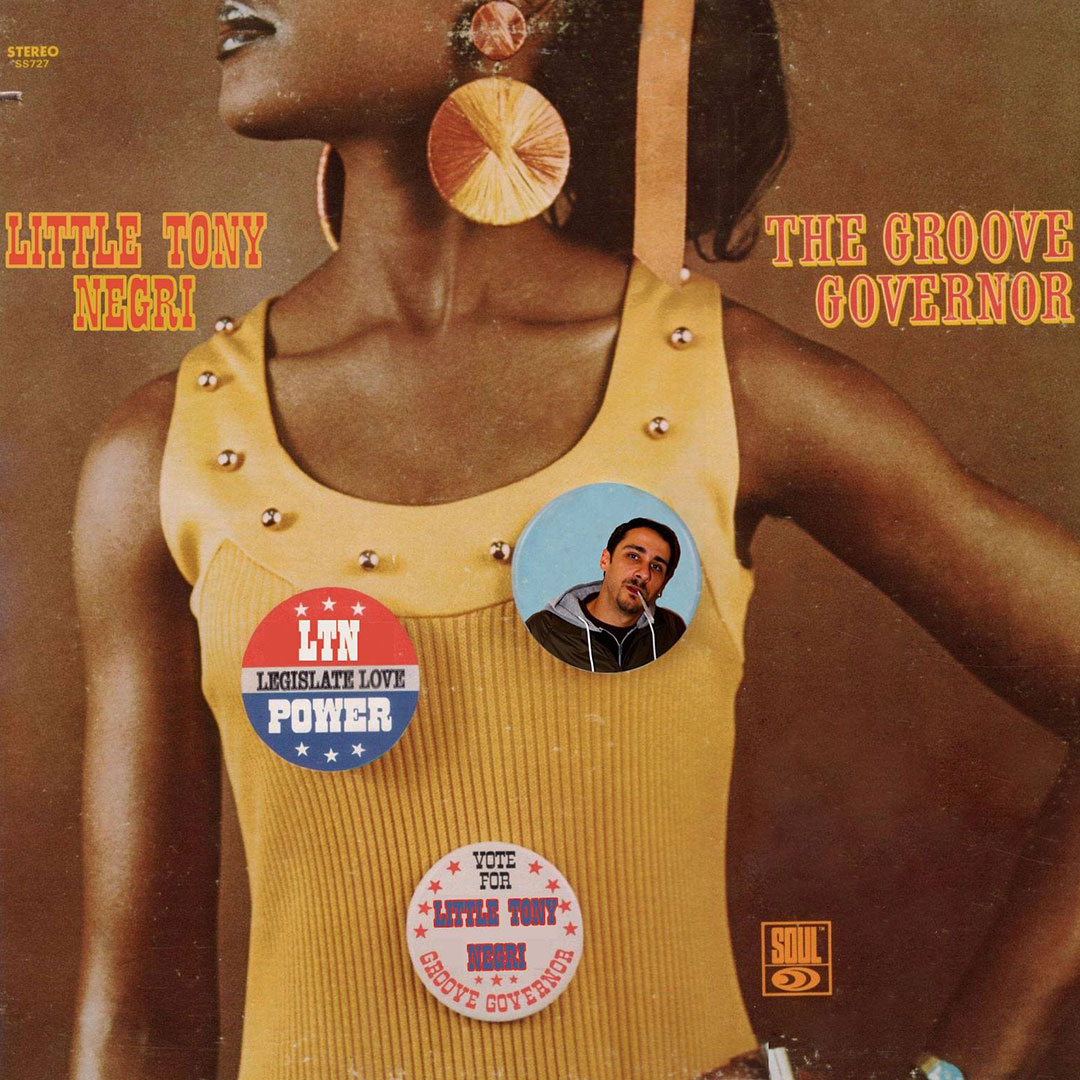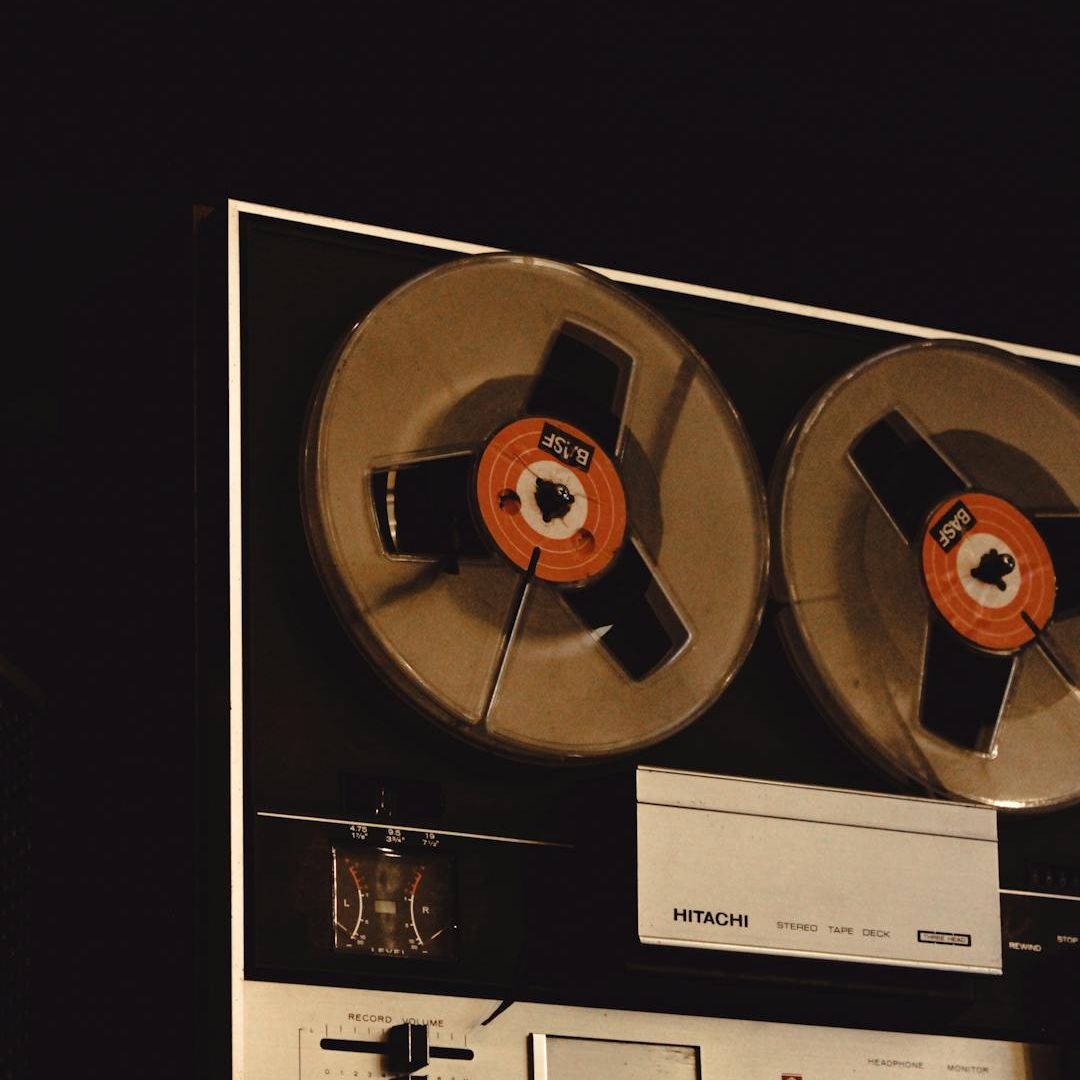Enter Metal Clergy and the album they did (not) make in a decade.
At the very beginning of the story that we’re bringing you today, the name Metal Clergy wasn’t even floating around. The very first time we’ve noticed Ka (R.I.P.) and Roc Marciano joining forces, was on the latter’s solo debut, back in 2010. But it wasn’t the first time they connected. The story goes deeper than that.
To make it shorter, at this stage, let’s just say that the then-unknown Marciano created an incredible musical connection with the almost unknown Ka, as they both appeared on the same track. Thus was born the artistic partnership that, in the past decade, gave birth to a series of tracks, over almost ten years, which ideally make up one of the best ever “unrealized” rap albums.
It seems like a play on words, and a little bit it is. Stay with us for a minute.
So, the plan is to tell the real story behind this (kind of) imaginary classic, celebrate the uncommon impact both the emcees had on the rap game since their arrival, and dissect the full origins of the myth. On top of that, we will complement the story with a playlist that can (almost) replace the announced and ultra-long-awaited work from the duo, Piece Be With You, as announced in 2012.
Edit: Originally appeared on our Mag on April 22nd 2021, we updated the full article as a tribute to the late great Kaseem Ryan aka KA, who passed away unexpectedly on October 12th, 2024, in New York City.
The origins of the myth: the announcement, the wait, the whole story.
The myth of Metal Clergy was officially born in 2012 when the two rappers/producers announced that they were working 50/50 on an album tentatively titled Piece Be With You, and the fans (obviously) went immediately crazy. It was the most anticipated rap album since Dr. Dre’s own Detox, possibly.
As Ka anticipated in many interviews, “piece” was a wordplay and a pun intended for “gun”, so the content we were expecting was a perfect and complete combination of ghetto tales from Marciano and poignant descriptions of inner-places and mindsets from Ka. All over luscious and grimey soundscapes. A real rap lover’s dream, isn’t it?
This was around the time when Marciano released his sophomore, Reloaded, and Ka overwhelmed everything and everyone with a timeless work of art titled Grief Pedigree. Excluding their very seminal collaboration and introduction in 2008 (we’ll tell you about it later…), in 2010 We Do It dropped, on Roc’s debut, and by the end of 2012, two more pieces to Clergy’s puzzle were hence released, as the duo featured on each other’s albums.
But…let’s start from the beginning.

Roc Marciano: the man with the cinematic music from Long Island.
It was 2010 when the aptly titled Marcberg took the hip-hop underworld by storm, as we’ve just said. After long years that the industry was flooding the market with uninspired or tepid rap records, the rap fans worldwide witnessed Marci (as we all know him by now) bringing the best street tales from his home turf in the form of uncut raw music.
Hempstead, a section of Long Island, NY, wasn’t exactly a new place to the rap world, the neighbourhood itself being historically home to acts such as Rakim, Public Enemy, EPMD, MF DOOM, and De La Soul, just to name a few. On the other hand, not even Marciano in 2010 was a newcomer in the overseas rap game. Hempstead’s finest was representing his own for a while already.
The more attentive already knew of his militancy in the Flipmode Squad of Busta Rhymes, in the late Nineties. Still young, he made a name for himself on the famous cut The Heist, alongside microphone heavyweights of the calibre of Raekwon and Ghostface Killah.
Lesser known, but really noteworthy (thanks to HouseShoes and the blog Long Island Rap Records) from that same period is Marci’s performance on Modern Day Gangstas‘ version. Originally recorded by Busta and Biggie in 1996 on a Jay Dee beat, the song was intended to be released on Busta’s own debut but got shelved because of its controversial content. In 1999, Puff used it on a posthumous record, and a version with Marci was recorded but kept in the dark, to re-emerge from secret vaults only a few years ago.
During and after the Flipmode collaboration, the Hempstead rapper/producer kept himself busy in the studio. He went on his own to produce beats for his group, The UN, and during one of these sessions, he met Pete Rock, who was working on Petestrumentals at the time. Pete gave shine to Roc and his associates on two incredible tracks, contained on his album, in 2001.
Not for nothing, at Marci’s insistence, Pete Rock himself will appear a few years later on U.N. or U Out, the group’s debut, producing a couple of cuts. The boards by then were massively manned by Marciano, though, who furthered his experiments with boards and samplers, cutting and sewing various kinds of loops, very basically.
After the album, which came out in 2004, followed by a couple of mixtapes and other collaborations with various members of the group, the project dissolves, and Marci found himself on his own. He starts then reconstructing his career, making beats for others, and handling studio duties. The many stories about the grind previous to Marcberg are something to keep in mind, as they’ll return useful in a minute.
Fast-forward 2010: anticipated by the super-single Snow, Marciano’s solo debut establishes Roc as the most important and influential artist in the history of post-2000 rap, in hindsight. Seriously. The overbearing return to a gaunt sound, typical of New York’s own rap legacy, is complemented by essential and vivid storytelling, flawlessly delivered.
The punchlines arrive punctually between quotes and references to the blaxploitation and modern pop imagery. Every single track off Marcberg is a mine of vivid images, reduced to the bone, very effective in returning a postcard of rare beauty and depth to the listener. It’s the beginning of an impressive ten years streak of monster albums, and critical acclaim. Worldwide. From zero to hero.
The sonic turning point: the new wave remains “six feet deep”-rooted.
More or less consciously, Marcberg marks the beginning of a new era in modern rap, halfway between the return to the themes dear to Golden Age rap (cinematic street tales, crime rap, hustling, pimping, and braggadocio) and the sonic innovation of kind.
In response to the mainstream spreading of a heavily southern-influenced sound with glossy-pop tones, the “digging wars” and the underground production game were oriented in the direction of subtraction. The trend spreads from NYC first and then upstate NY (Buffalo, anyone?), coming to Los Angeles (Alchemist was on the track, literally) and progressively to the rest of the world.
After Marcberg dropped, the loud drums of boom-bap inheritance were mostly replaced by undressed loops from the most disparate sources, ranging mainly from the obscure soul, funk, and progressive rock records.
Originally brought to the forefront in the Nineties by RZA, in some of his Wu-Tang better days, and then also taken up by later innovators such as Madlib, the so-called “drumless” sound (actually the drums are present in the original loops, and artfully amalgamated in the sound texture) took on a new shape and direction.
The followers of this “wave” are innumerable to this day, thanks to the figure of Marciano, and next to him, in the shadows, to the elusive rapper/producer Ka, from Brownsville. The situation got out of hand, and became almost boring in the last few years, at some point, but that’s another story…
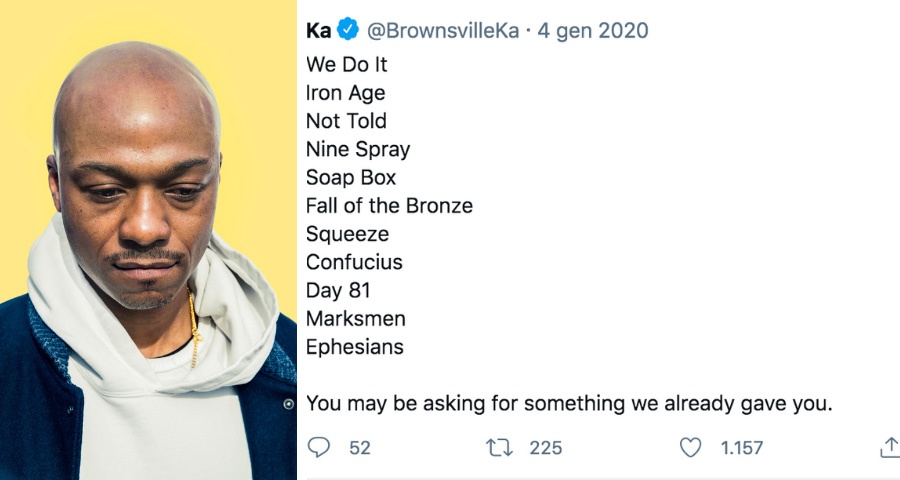
Brownsville, the shadow of Ka and his pedigree
Not for nothing, besides Marciano, the other standard bearer and, in part, the unsung hero of the new sound, is the Brownsville emcee known as Ka. His figure, albeit less than marginal in the Nineties rap game, nowadays stands out on the Brooklyn skyline, casting new lights in his shadow.
Kaseem Ryan, his real name, was, by his own admission, the least “gifted” member of the underground supergroup Natural Elements, which many will remember for a series of independent 12″ vinyl of considerable underground impact, under the wing of producer Charlemagne. Ka recorded with Mr Voodoo and associates a couple of demos that were not exactly memorable, according to the guy himself, after which his path and that of his boys kept parallel, albeit separate.
Ka’s turning point is the Nightbreed group, in connection with emcee Oddbrawl The Lyrical Juggernaut. This can be considered the first true incarnation of the fluid, subdued rhyming, with the dark and nocturnal character for which we know and love the Brownsville rapper today.
Despite the certainly high level reached by the duo in those years, however, Ka was surrounded by “(…) so much talent out that you could get lost even if you were dope (…)”, as he would have declared in an interview many years later.
The sinking of hopes of releasing the Nightbreed album, the inability to sign a contract, added up to industry nonsense, bills to pay, responsibilities, and family duties, got Ka and his partner growing stranger to the game. They simply quit their microphone duties and got 9-to-5 jobs.
Nevertheless, Ka always held dear his hard-earned writing skills, though. Rhyming was his thing, even privately, until the day that he felt like, despite not being exactly in his prime, was about time to let people hear his gift, and debut album. In 2007, Iron Works dropped as a privately pressed CD. A copy eventually got in GZA’s hands. And GZA liked it, a lot.
Even though Iron Works was supposed to be his “swan song”, according to Ka himself, it was the reason why GZA noticed him and linked with him. The Wu-Tang chess master invited Ka to record a track on a Roc Marciano-produced track, and the song that came out was Firehouse. Ironic, isn’t it?
That’s how the emcees linked, through a Wu-Tang blessing, so to speak. Without a doubt, it was the beginning of a strong bond, which came out of the mutual respect both Marci and Ka got immediately for each other’s work. It grew up to the point where Marciano was literally instrumental in keeping the beat-making and rhyming spark alive in his Brownsville friend. You can hear some of Roc’s influence in Ka’s Grief Pedigree, in your opinion?
Ten years of greatness, an undeniable legacy.
Making extra noises in the industry with the releases of their sophomore albums, in the last ten years or so both Marci and Ka have slowly but surely established themselves as household names in the game. If Roc has become THE reference for hardcore street rap, Ka is renown for his thought-provoking slow-flow and poignant lyrics.
Marci has had an impressive roster of collaborations and props. Do we need to mention Q-Tip rapping on his records? Busta Rhymes giving shouts and blessings? Jay-Z showing love and respect off the field? DJ Muggs producing an entire album around him?
From rags to riches, he went solo with his own label and “artsy” approach, and after Marcberg and Reloaded, despite some faux pas (sorry, Pimpire Strikes and Marci Beaucoup never got many props here) six further albums and countless features cemented his legacy as bonafide emcee and producer.
On his side, Ka didn’t stay lagging behind his colleague. For a non “full-time rapper”, since he has never left his 9-to-5 job in the NYFD (yes, that one), four dope full-length albums and several EPs aren’t that bad, also if you think that everything is independently produced and distributed. Have a look at the disclaimer on his website to get a clearer idea about the guy’s policies and priorities.
The collaborations with producers as Preservation and Animoss brought his vision to new heights, strengthening his status as a lyrical wordsmith of the highest calibre. The fans worldwide know what time is it when a new album from Ka drops, and the wait is always up to par.
As far as the evolution of their sound, it suffices to say that both their approach to production and musical selection followed consistent and coherent paths over time, with peculiar differences and striking similarities.
If Marciano’s research went for more obscure and stripped-down soul loops, on the opposite Ka kept a more left-field approach, with his ear open for atmospheric backgrounds to contrast his rich polysyllabic delivery and stream of consciousness. Common factor: both emcees created their own lane. Both emcees settled trends and anticipated their fans’ needs elevating to the utmost the art of music production and emceeing, uncompromisingly.
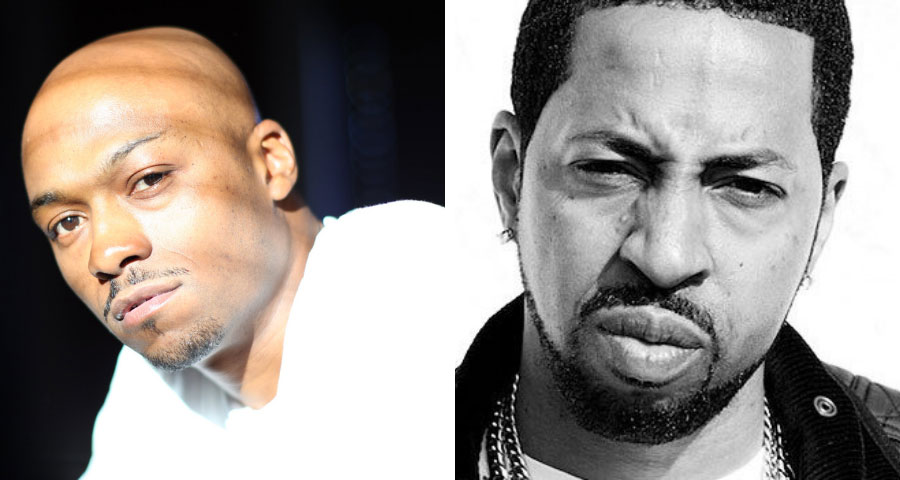
So, the Metal Clergy album? We have it compiled for you.
All of the aforementioned facts should possibly give you the reason why Metal Clergy is the most anticipated album of the past decade. And the Clergy album happened, also according to Ka, who enigmatically tweeted some about it last year, detailing the tracks the duo has released over the years, as the fans knew.
Is the wait over, then? Is Metal Clergy’s unfinished wait just a beautiful thought, yet a thing of the past? Are we somehow already fed up with all the necessary materials to enjoy the album of our dreams? As for the actual Piece Be With You, it is highly unlikely to happen, as Marci is currently doing 81’s on some Basquiat-alike mood (jokes apart, his latest effort Mt. Marci is super dope), while Ka’s ghosting the game for a minute now.
Nevertheless, we have imagined the whole lost album for our listening pleasure, in an exercise of love and patience, supporting our favourite artists. According to our own record collection, in a chronological order, also corroborated by Ka’s tweet from last year, we have compiled a seamless and continuous playlist, in the form of a fresh Blast Podcast, comprising all of the duo’s exitos.
The first and most striking thing that comes out of this “imaginary” album from Metal Clergy is how cohesive and timeless a mere compilation of all the duo’s collabos may sound. Just like a proper classic album.
The tracks compiled here span from 2010 to 2019, and are all official tracks off as many official projects. They express stark tales, dark tones, and ominous points of view from the rap underworld. If the progression doesn’t strike for its variety, maybe it will for his undeniable artistic thickness.
Enjoy the one and only Metal Clergy album you need: the first, possibly the last, lost and found.
Metal Clergy, the Lost Album – The Blast Podcast #136
Roc Marciano feat. Ka – We Do It
Ka feat. Roc Marciano – Iron Age
Roc Marciano feat. Knowledge The Pirate & Ka – Not Told
Roc Marciano feat. Ka – Nine Spray
Ka feat. Roc Marciano – Soap Box
Ka feat. Roc Marciano – Fall of The Bronze (New Iron)
Roc Marciano feat. Guilty Simpson & Ka – Squeeze
Dr Yen Lo (Ka & Preservation) feat. Roc Marciano – Day 81
Roc Marciano feat. Ka – Confucius
Roc Marciano feat. Ka – Marksmen
Roc Marciano feat. Ka – Ephesians
